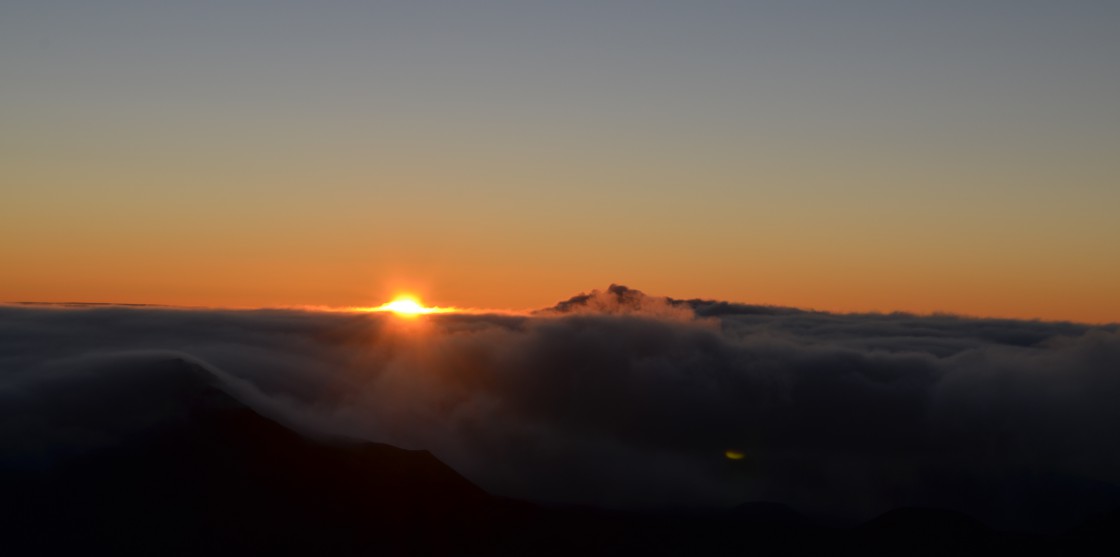 “Then (after all things had been created) God said, ‘Let us make humankind in our image, according to our likeness; and let them have dominion over the fish of the sea, the birds of the air, the cattle, and all the wild animals of the earth, and over every creeping thing that creeps upon the earth’” Genesis 1.26
“Then (after all things had been created) God said, ‘Let us make humankind in our image, according to our likeness; and let them have dominion over the fish of the sea, the birds of the air, the cattle, and all the wild animals of the earth, and over every creeping thing that creeps upon the earth’” Genesis 1.26
Humankind was granted dominion. O’er time, we have confused that call and charge with our will to power, exercising domination over creation. The effects of our handiwork, despite the claims of those who deny our creaturely despoliation of the environment, are evident.
The English words “dominion” and “domination” both bear the overtones of rulership, ownership. However, for me, the determiner, definer of the Genesis’ warrant of dominion is expressed, “Let us make humankind in our image, according to our likeness; and…” Human dominion is a fruit of being made in God’s image, which…
By necessity, begs the question: What is the meaning of “image of God” (or imago dei) or rather, more properly, I think, how is it to be interpreted? (As I am wont to say, I do not believe that any two of us ever mean precisely the same thing even when using the same words, hence the constant prerequisite of any, all communication of defining our terms.) And, no surprise imago dei can be understood in a variety of ways; traditionally, substantively (that humans are, in some sense, of the substance, nature of God), relationally (that humans, having benefit of the gifts of reason and freewill, are unique among all creatures in being able to conceive and perceive, to know and, thus, be in conscious relationship with God), and functionally (that humans, by virtue of substantive relationality with God, have the duty to act as God’s representative in the created order). And, also no surprise, in each case (as with other definitions and descriptions), many are the digressions and distinctions, filling libraries and fleshed out in unending cybertext.
Concerning our parental abuse of Mother Earth, of the three traditional views of imago dei, the third, functional interpretation poses the greatest problem. So easy it has been and is for us to overstep the responsibility of God’s representatives, ambassadors to creation and, misusing our reason and freewill, usurping the role of “creators,” and, therefore, becoming destroyers.
As one who believes or rather who perceives (and, therefore, believes) the hand of God in creation as the profoundest and eternal (not once upon a faraway, long ago moment at the dawn of time, but ongoing and endless) labor of love, my conception of my imago dei, my being made in God’s image is rooted in, what I term above, substantive relationality. I, of the same substance of God, which, Who is love, strive to live in loving relation with God, with the creation, and with all creatures therein and thereof.
